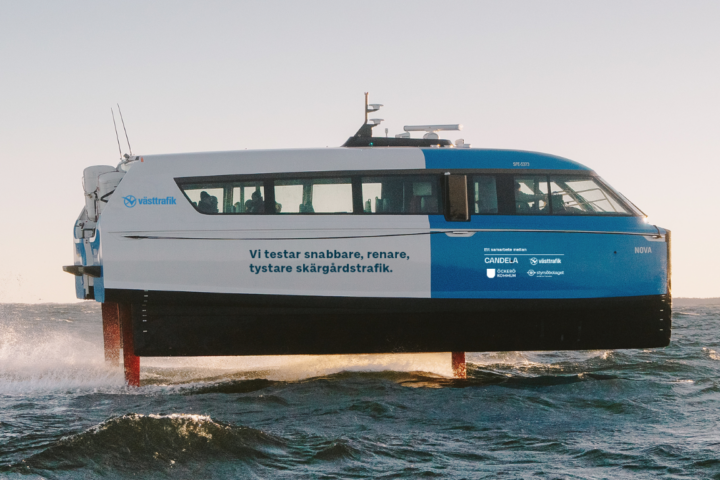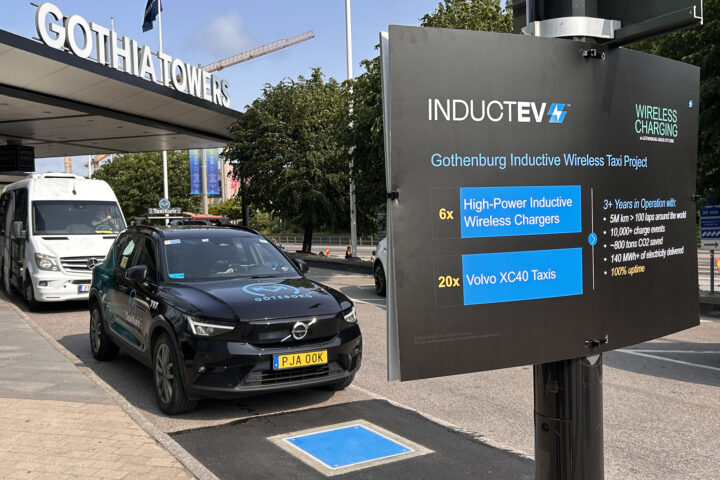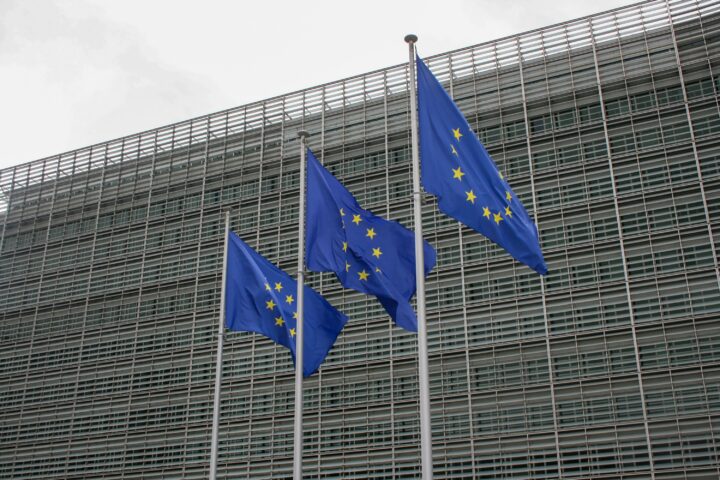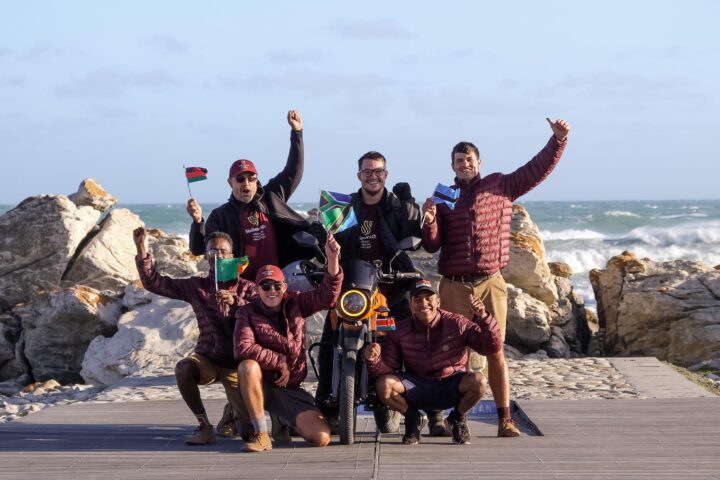For centuries, people have sought the simplest, most efficient ways to travel from point A to point B. Today, choice opportunities in cities are wider than ever. However, to attain attractive and sustainable mobility in cities, smarter approaches are needed with aspects like structured open data formats enabling digitalization, multi-modality as well as seamless integration and governance.
Enrouteq has embraced the challenge of modernizing city public transport to make it accessible, efficient, and affordable. The key to success lies in creating a solid foundation of digital infrastructure based on two cornerstones: static transit data from bus stops, routes, schedules and fare policies, and real-time data from GPS tracking devices in buses. These cornerstones of data, enable regulators, authorities, and public transport providers to analyze and visualize the public transport system to make the right decisions and offer passenger-centric services. In addition, they can add smart digital solutions such as ticketing, route optimization and qualitative multimodality.
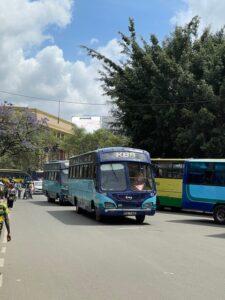
Enrouteq is present in several countries, among them Kenya
Magnus Ståhlberg, CEO and founder of Enrouteq, has a background in public transport, digitalization and business growth. Through the company’s presence in cities in the Americas, Africa, and Europe, it is clear to him that modern cities’ common need for urban mobility is spelt structured open transit data. This data will enable accurate travel advice, helping passengers plan their journeys seamlessly, whether by bus, on foot, by taxi or a combination of travel modes.
– Young people demand easy access to optimal mobility. This entails that we need to offer multimodal mobility where public transport is seamlessly interconnected, says Magnus Ståhlberg.
The open transit data infrastructure built by Enrouteq is based on international standards, such as General Transit Feed Specification (GTFS), which together with a general need for digitalization, means that all kinds of public transport services can be scaled to numerous cities around the world cost-effectively.
– The Global North already has a lot of open data and finances to back investments, but the transformation can be quicker by better use of this already existing open transit data. The Global South, on the other hand, has a majority of today’s fleet of the world’s buses, but operations still have a low digitalization rate. The opportunity is to leap directly to the latest transit technology by basing the services on open transit data. An investment that, with proper budgeting, can lead to cities being able to offer sustainable public transport systems for all, says Magnus Ståhlberg.
